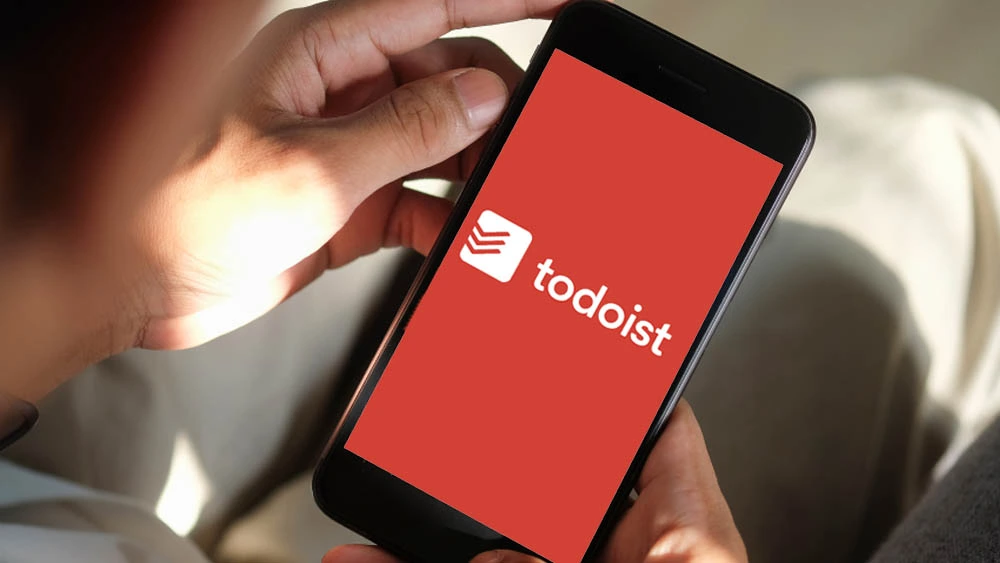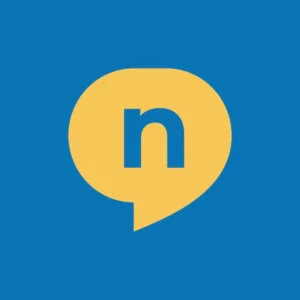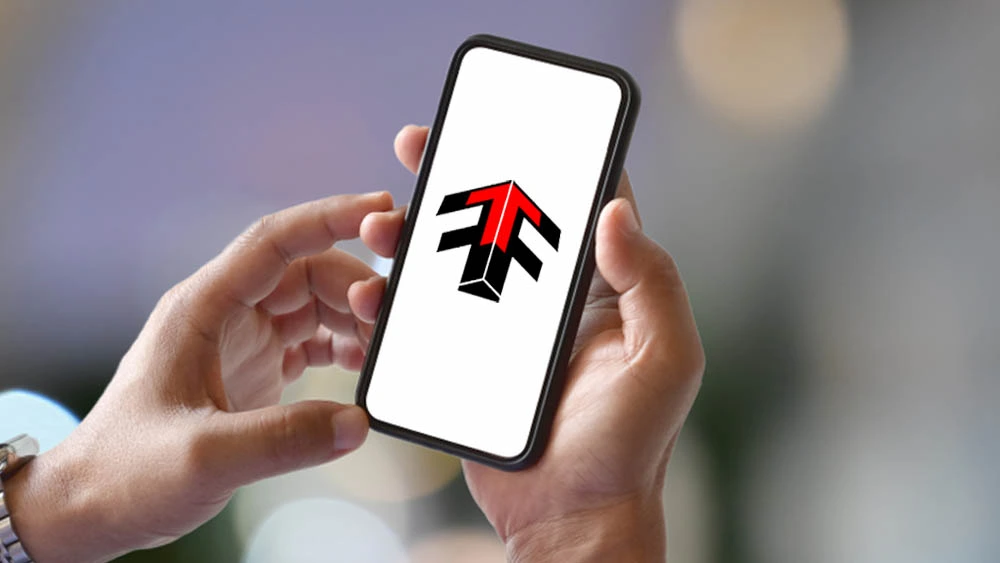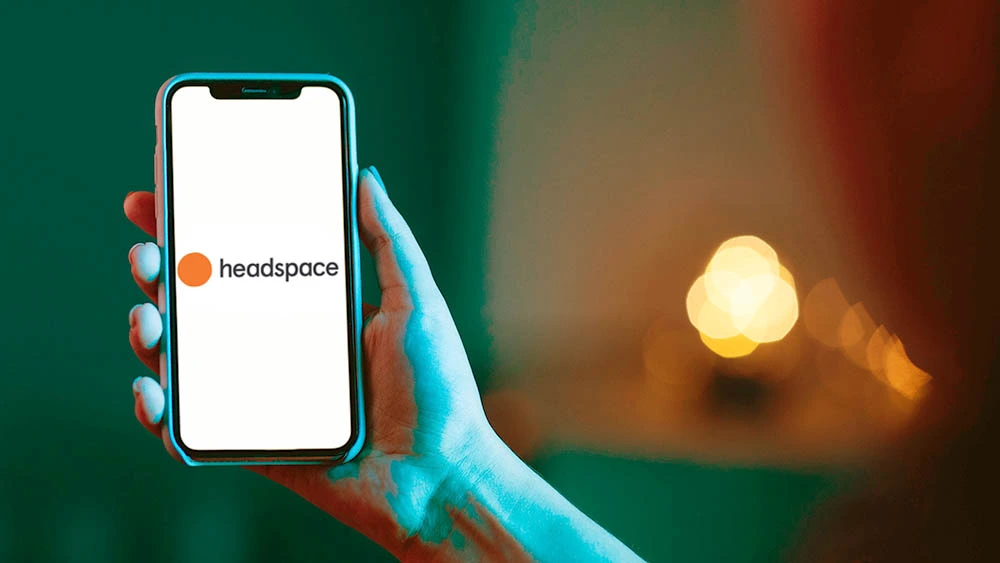Mobile apps are shaping our everyday lives and greatly influencing the way we live. Some apps are entertaining, some kill time, and others help us become more productive. It all boils down to what we choose to use and consume. If your goal is to become more healthy, peaceful, and productive this year, check out this article. We’ll go over the most useful apps in 2023.
1. Productivity Apps
Being productive isn’t a means to an end; it can be the goal itself. Here is our pick of apps that will help you stay productive.
Forest
Forest app is all about staying focused, regardless of what you’re doing. The idea is unique. You plant a tree that keeps growing as long as you’re focused. However, if you stop the app, it sadly dies. You can track your progress by watching your land grow luscious with different kinds of trees, or you can simply view the statistics. It’s up to you.
Forest won awards from Google in 2018 and 2019. It’s available for iOS and Android for $1.99 with ads and additional in-app purchases.
Todoist
Another award winner is Todoist, a to-do lists management app. It’s more than a basic to-do list app, with features like recording and grouping tasks. Users can also collaborate on to-do lists, which is ideal for colleagues working on small projects.
The best thing is that Todoist is available on various platforms, allowing users to access their lists on their PCs. No internet connection? No problem. The app works well offline.
The only drawback of Todoist is that some of its best features are only available to subscribers. The subscription is $3.99 monthly or $35.99 paid annually.
Nagish
Nagish is not just another communication app; it stands out as one of the best apps for hearing aids, tailoring its services to enhance the experience for the deaf and partially hearing community. This app transcends traditional barriers with real-time transcription and captioning, coupled with sign language interpretation, for comprehensive support. Its dedication to inclusivity makes it a vital tool for seamless communication.
Users start by visiting Nagish’s user-friendly website to set up their preferences. The intuitive design ensures a straightforward process for downloading the app and signing up. Once inside the app, users meet a world of options, from real-time voice call transcriptions to video calls with sign language interpreters ready to assist. Nagish provides an essential service for personal and professional communication, designed to integrate effortlessly with hearing aid technology. The pricing structure of Nagish is adaptive, offering various plans to accommodate the frequency of use and the specific needs of its users, ensuring that everyone can find a suitable option.
2. Mental Health Apps
We’re lucky to live in a world with more mental health awareness. We think these apps will be most helpful to anyone battling anxiety or depression.
MindShift CBT – Anxiety Relief
The goal of MindShift CBT is to use techniques from the field of Cognitive Behavioral Therapy (CBT) to help people deal with their anxiety. According to the app publishers, it helps with feelings of worry, panic, perfectionism, social anxiety, and phobias.
The app is aimed at young adults and uses techniques best suited for them. Some of the features on the app are coping cards, journal entries, and some activities.
Users complain that they can only write three entries daily, which is one of the app’s drawbacks. Mindshift CBT is %100 free.
Talkspace
Talkspace is a chat therapy app. Yes, chat therapy. The idea is that some people might find it more convenient to chat with their therapists any time than to video call or visit at set hours. The app is HIPAA-compliant with psychiatry and medication management services.
Users can use their insurance when paying for the services. One of the app’s drawbacks is that the prices aren’t shown to users until they sign up. After payment, they get matched with a therapist, depending on their chosen plan. Most users report that they’re satisfied with the service that Talkspace provides.
3. Fitness and Nutrition Apps
A healthy body promotes a healthy mind. According to studies, physical exercise and healthy nutrition boost mood and improve brain health. These apps help you stay fit.
Future Fitness Training
Some people don’t have the time to go to the gym or the money to hire a personal trainer. Future fitness training app solves both problems by being affordable for those looking to get in shape at home. The app pairs users with a personal trainer who views their data and sends a workout plan.
After finishing the workout, trainees can send videos of them working out for the trainer to review and offer tips. Training programs are tailored to fit each individual’s goals and include weight training, strength training, yoga sessions, and cardio. Future costs $19 the first month, then the price goes up to $149.
Noom Diet
Noom isn’t another nutrition app. Its behavioral approach makes it distinctive and more effective. It tackles nutrition from a psychological standpoint, encouraging users to change their mindsets before altering their meals. Moreover, Noom has specialists who conducted extensive research in oncology, diabetes prevention and management, hypertension, and more.
Users sign up on the website and take a quiz to get their customized plan. Then, they download the app, sign up, meet coaches, start the lessons, and receive their calorie budget. Noom costs up to $59 a month.
4. Meditation Apps
If you’ve used the apps in our previous entries, you’ve boosted your mental and physical health and increased your productivity. Good job! These apps will take it an extra step by practicing mindfulness. The following apps will put you on the right track.
Ten Percent Happier Meditation
Dan Harris, a journalist whose life changed thanks to meditation, created this app to help others. His life changed forever when he embarked on a spiritual journey, and he learned how to become ten percent happier.
All the lessons on the app start with an introduction video by Harris himself. The exercises are categorized so that users find help for what they’re battling, whether depression, anxiety, chronic pain, or addiction.
Although most users praise the app, some complain that you have to email them directly to sign up for a monthly subscription. Other than that, the subscription is annual. The app is most suitable for beginners.
Headspace
Headspace, a more diverse meditation app, is well-known for converting those most skeptical of meditation. The meditation sessions are guided with adjustable lengths. Moreover, the app has a vast library of meditation sessions for different purposes, including work stress, anxiety, and some negative emotions.
Unlike Ten percent Happier, Headspace has a program to help insomniacs dose off. The free version of headspace has a few exercises, making it limited for mindfulness enthusiasts. The good news is that they recently lowered their annual subscription for their app to $69 in 2023 to make it more affordable.
The best apps on the market in 2023 are native. If you want to create a native app at a low cost, sign up for the nandbox native no-code app builder. Start with a free trial now!







